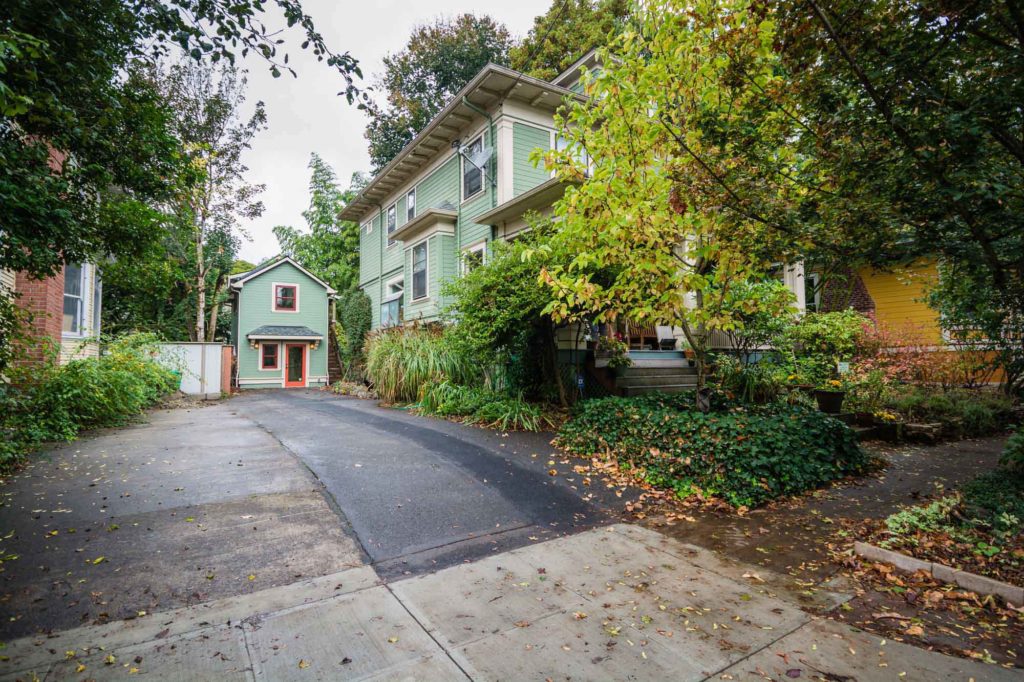July 1, 2020
Mr. Greg Slater
Maryland Secretary of Transportation
7201 Corporate Center Drive
Hanover, MD 21076
Mr. Tim Smith, Administrator
Maryland State Highway Administration
707 North Calvert Street
Baltimore, MD 21202
RE: Shared Streets Treatments on Maryland State Roads in Montgomery County
To: Tim Smith MD SHA Administrator
Dear Secretary Slater and Mr. Smith,
On behalf of the undersigned organizations, we would like to offer a list of State Highways that would benefit greatly from a “Shared Streets” approach as is being used by Montgomery County Department of Transportation. Recently, SHA itself coordinated with MCDOT and Councilmember Tom Hucker’s office in the closing of the right northbound lane on MD-97 in downtown Silver Spring to facilitate outdoor dining.
We are proposing a similar treatment of longer stretches of some State roads to promote greater connectivity for bicyclists and pedestrians and make it safer for those who do not want to drive or do not have access to a car to make trips throughout Montgomery County walking or by bicycle. These could be commuting to work trips, or shorter ones to go buy groceries, visit the doctor, connect with trails or do other errands. It is vital to provide alternatives to cars that are safe, affordable and are useful in getting people between different parts of the County or even within a short radius of where people live.
The list below amounts to almost 19 miles of state roads. We understand that SHA may want to pilot this concept of partial closures to cars and suggest that the stretch on University Boulevard is a good place to start as it would connect the Wheaton CBD with Sligo Creek Parkway and neighborhoods east of the Parkway as well.
We look forward to your response and hope that you can work with MCDOT and members of the Maryland House and Senate and the Montgomery County Council.
Here is the list of roads we propose as candidates for a Shared Streets approach:
- University Blvd/MD-193 from Colesville Road/MD-29 to Viers Mill Road/Md-586 (3.0 mi) (Connects from Four Corners neighborhood to Sligo Creek Parkway and Trail to Wheaton CBD)
- Viers Mill Road/MD-586 from MD-193 to Matthew Henson Trail (works best in pairing with no. 1 above (2.7 mi) (Connects Wheaton CBD to Matthew Henson Trail)
- Frederick Road/MD-355 from Germantown Road/Md-118 to MIddlebrook Road (.8 mi) (Connects Montgomery College/Germantown Campus and Holy Cross Hospital/Germantown)
- Piney Branch Road/MD-320 from Sligo Creek Pkwy to New Hampshire Ave/MD-650 (1.4 mi) (Connects Sligo Creek Parkway and Trail, New Hampshire Elementary School, Flower Ave and Northwest Branch Trails)
- Old Georgetown Road/MD-187 from I-495 to Executive Blvd (2.6 mi) (Connects Bethesda Trolley Trail, Ratner Museum, Wildwood Shopping Center, Josiah Henson Museum and White Flint)
- Georgia Ave/MD-97 from Norbeck Road/MD-28 to OlneySandy Spring Road/MD-108 (3.5 mi) (Connects Leisure World, ICC Trail and Olney CBD)
- Georgia Avenue/MD-97 & 16th Street/MD-390 from I-495 Overpass to Colesville Road (1.5 mi) (Connects Forest Glen Metro and Montgomery Hills Shopping Center)
- East-West Highway/MD-410 from Georgia Ave/MD-97 to Connecticut Ave/MD-185 (3.2 mi) (Connects Silver Spring CBD, Rock Creek Trail, and Chevy Chase)
Paul Goldman, President, Action Committee for Transit
Jane Lyons, Maryland Advocacy Manager, Coalition for Smarter Growth
Alison Gillespie, President, Forest Estates Community Association
Kristy Daphnis, Chair, Pedestrian Bicycle Traffic Safety Advisory Committee
Peter Gray, Vice President, Board of Directors, Washington Area Bicyclist Association
cc: Montgomery County State Delegates and Senators, Montgomery County Council, Director MCDOT


